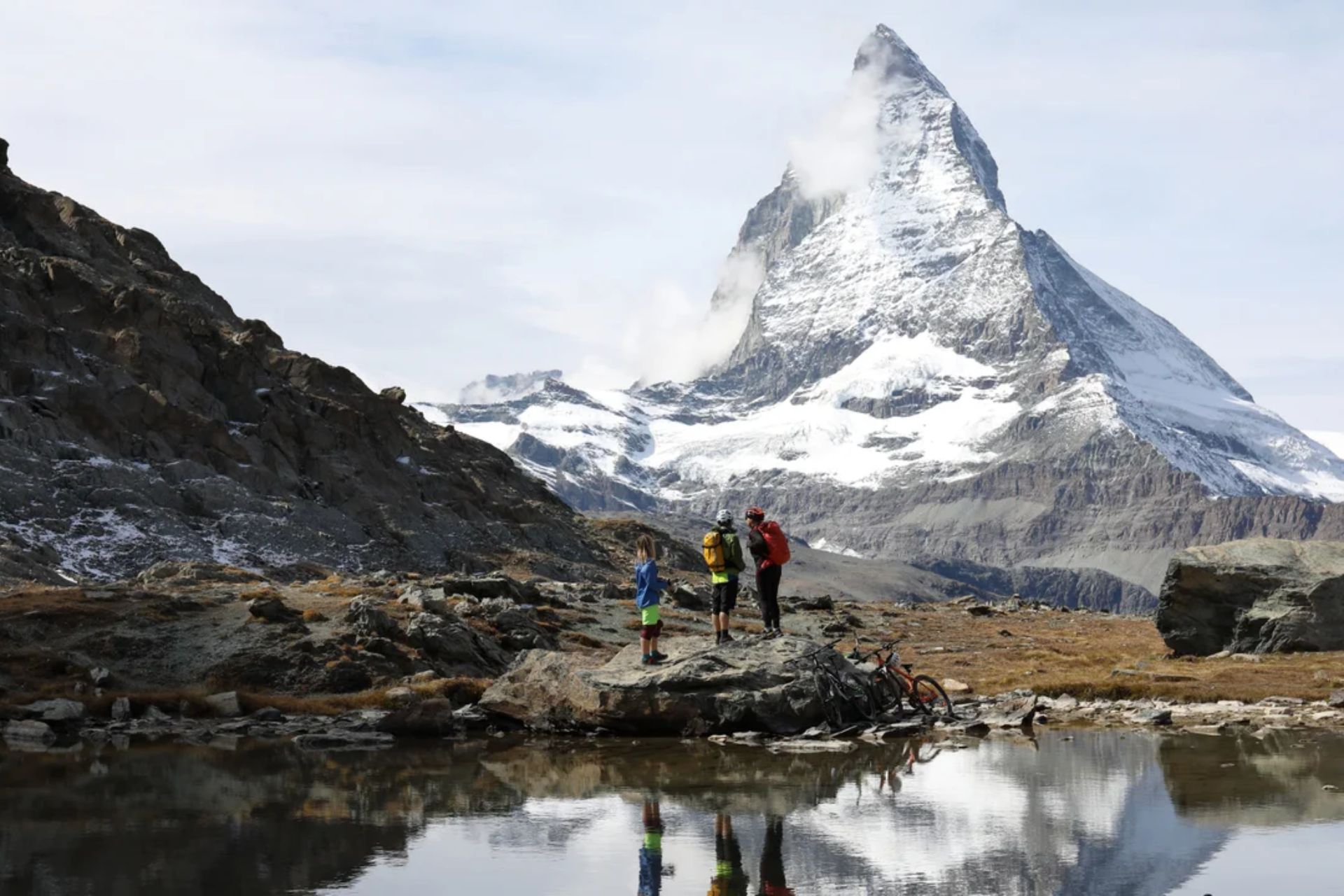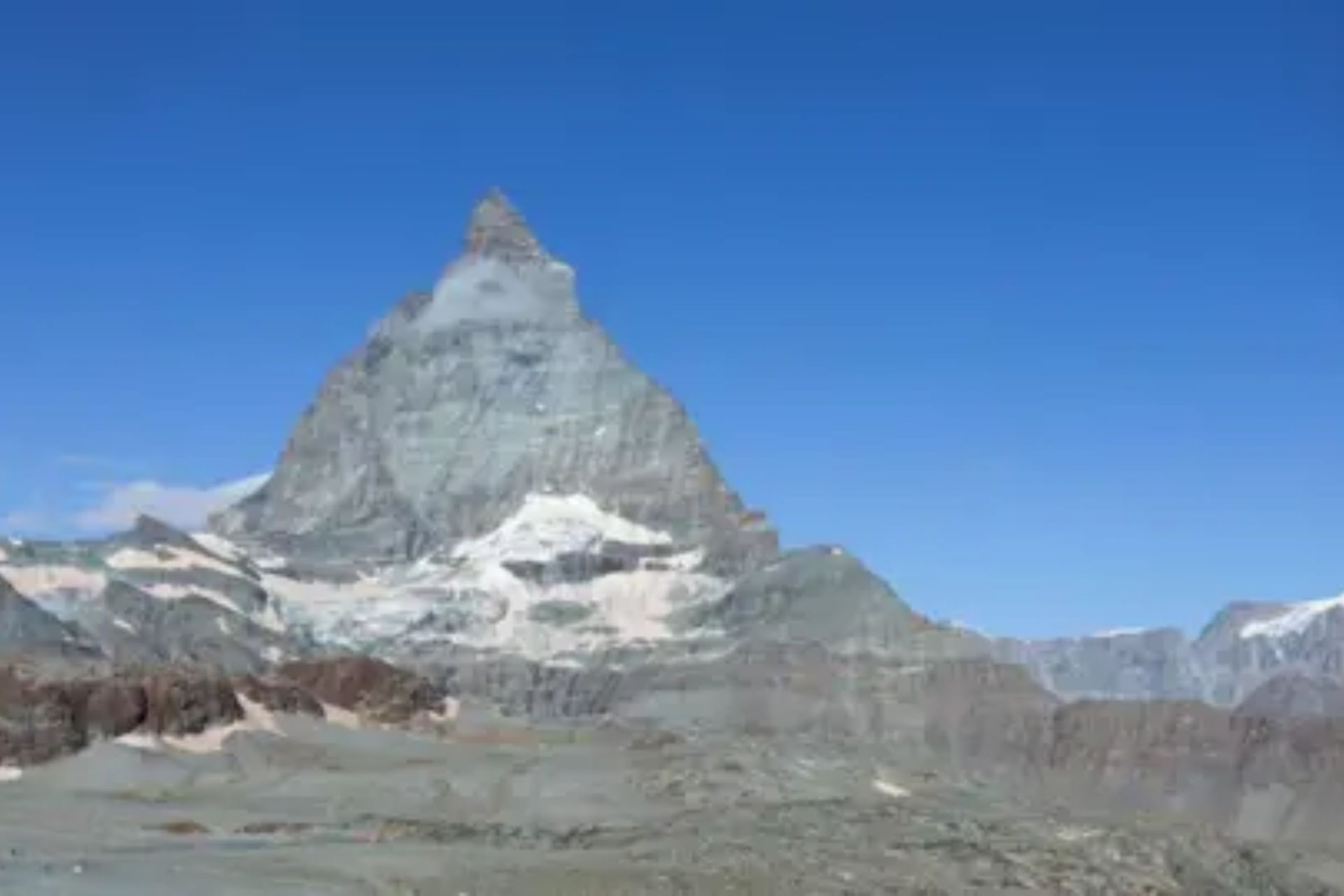
Switzerland and Italy are to redefine their cross border due to melting glaciers
Image Name: Switzerland And Italy Border
Image Credit: The Guardian
Climate change grows globally, but even as solid as the European countries now seem to be, its influence now reverberates even within the very stable landscape of today. This is a rare and significant event of Switzerland and Italy redrawing part of their Alpine region’s shared border – this time due to the rapidly melting glaciers. For years, these two iconic European mountain country nations have been famous for their picturesque valleys and rich natural heritage. However, they have also come to realize the real effects that glacier shrinkage can have on their land.
The Shifted Faces of Alps
For centuries, the Alps have formed Europe’s most reckoned mountain range symbolizing natural grandeur. However, for nearly several decades now, it can well be seen that these glaciers have been constantly retreating in synchronization with the ever-increasing global temperatures. Research has it that some glaciologists claim to have lost almost 50% of its volume since the 19th century. Accelerated, not stopped by continued effects of global warming.
Glaciers need to be thinned down not only as an environmental issue but a geopolitical one. The borderlands between Switzerland and Italy are marked by physical, physical identifiable features—rivers, mountains, and in this case, glaciers. The problem is that as glaciers go away, so do those natural boundaries, creating blurred lines on the national map.
Why the Border is Moving
Traditionally, the boundary between Switzerland and Italy has been set on watershed meaning where water moves in two opposite directions. Glaciers have melted over time, and so the position of the watershed shifts with them. The two countries disagree on this move, especially on land ownership. The nation’s lands are under review in terms of their territorial line demarcation. One of the most affected is Theodul Glacier near the spectacular Matterhorn mountain.
The retreat of the Theodul Glacier has thus brought to light areas that were previously occupied by ice. Such newly discovered areas fall in an area where clearly defined borderlines by the glaciers between Switzerland and Italy previously existed. Today, it is the diminishing ice that made Switzerland and Italy attempt to sit down and deliberate over which country owns the newly discovered terrain.
Diplomatic Border Address
Although border changes would seem to be a recipe for conflict, both Switzerland and Italy have taken a diplomatic and cooperative approach in this case. Border changes caused by natural events do not happen that often. In fact, both countries have had cooperative history regarding their shared Alpine region, such as joint ventures in tourism and environmental conservation efforts.
There have been Swiss and Italian officers secretly meeting with advanced technology to survey those changes. Indeed, the two countries’ institutes of geography have been conducting surveys to determine how far the border has shifted and how to redraw the map to reflect the changes. As such, the two parties aim to reach a scientific agreement acceptable to both nations.

Image Name: Melting Glaciers In Switzerland And Italy
Image Credit: BBC
Impact on Local Communities
Melting glaciers and the resultant border shift affect local communities, especially in areas that are tourist-oriented. Switzerland borders Italy on the most popular ski resorts, an area visited by skiers from all over the world. One of the primary concerns for both nations is how the border shift will impact their territories’ tourist resorts, which has a great impact on local economies.
Because tourism is also an important component of livelihood in communities on both sides of the border, changes in land ownership can threaten to destabilize existing business arrangements. Suddenly, ski lifts, resorts, and trails that were located in one country could end up in another. Switzerland and Italy have agreed to settle these issues amicably, but some people are worried over how such changes could affect international tourism and then, by extension, the economy.
The Ultimate Super Catalyst
Redrawing borders between Switzerland and Italy is another declaration of the deep effects that climate change has on almost every corner of the world. The melting glaciers, rising sea levels, and extreme weather are thus compelling nations to meet a new geopolitical reality. For Switzerland and Italy, in particular, these receding glaciers are nothing but an environmental tragedy translated into a more tangible form: how climate change can influence national sovereignty.
It’s sobering to think of the magnificent Alps standing for millennia now reshaped by human-induced climate shifts. For many, the melting glaciers stand out starkly as a reminder that the effects of climate change are not confined to the farthest or most remote corners but happen in some of the best-known and most-loved landscapes on earth.
What’s Next
The long-term future will be anything but certain, as Switzerland and Italy continue their diplomatic efforts to clarify their shifting border. Immediate changes to the border can easily be controlled, but nothing is known about the future of the Alps. Unless concerted global action is taken, the glaciers forming this border-and so many others around the world-will disappear at an alarming rate.
Redefinition of territories may eventually become a constant issue for the mountain borders of Switzerland, Italy, and other countries. The willingness of Switzerland and Italy to collaborate on how to redefine their border, in response to this challenge, offers hope that, with every regional change upon the face of climatic change, nations can work and adapt to their new reality. But the bigger question is how the world will react to the challenges that await in the future as our planet’s natural landscapes go through transformation.
